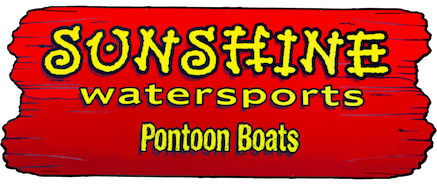Safety Parasail Equipment
A large, float-attached mooring hook called a HELP is one of the most important safety parasail equipment items. It fits onto the rear riser of the parasail, and its primary function is to bring the parasail to a controlled water landing after it has deflated. The HELP is operated by the parasail crew or passengers, and each model has a corresponding Wrangler. It helps prevent pre-deployment of the parasail by securing the deflation line.
Other parasail safety equipment includes a harness. It’s designed to hold the passenger securely within the rig, preventing preventable falls while aloft. However, several passengers have fallen from the rig after harnesses broke. This can cause severe injuries or even death. Ensure that your parasail harness is in good condition, and make sure to check it before boarding the boat. Also, be sure to watch a video of the process to familiarize yourself with the entire process. View the next article.
Lastly, make sure the crew provides an in-depth safety briefing before you embark on your adventure. Parasail operators should offer detailed safety information, including the location of safety equipment and the hand signals that will help prevent drowning. The crew should also explain the proper position to adopt when landing on a high-speed deck. If you’re nervous or uneasy about the experience, the parasail captain should ensure that he or she has sufficient time to answer your questions.
The PHRED system is another key piece of safety parasail equipment. This harness is used with any vessel over 17 feet in length. It is a great way to keep the passenger anchored if the parasail is stranded and the tether fails. The PHRED system is also capable of helping the parasail get back to the water if the wind picks up.
Tow lines are another essential piece of parasail safety equipment. The towline must be long enough to prevent injury or death. A safety harness should have at least three times the length of the towline. It should also be located at least 1,200 feet away from traffic. And finally, parasail riders should be protected by life vests, helmets, and appropriate foot gear. It’s important to choose a reputable parasail operator and purchase the necessary safety parasail equipment.
The harness should include a winch system. It’s essential for launching and descending a parasail. A winch system works much like a fishing line: it releases a tow rope and reels it back in during the descent. Many parasailing boats come with winch systems preinstalled, but you can also purchase a winch separately. Winches are available in various types and prices, and the quality and number of winches will determine their cost. The tow line is another crucial piece of safety parasail equipment. If it breaks, the canopy may tumble. The tow line may be weakened due to repeated use or knots. This can occur due to natural wear and tear, or even improper maintenance. As the canopy drifts, the parasail boat can encounter many hazards, including sinking, fire, and boat collision. There is also a risk of fire, and if the winch boat becomes stuck, the passenger may be thrown into the water and be entangled in the rigging. For more information click here.






